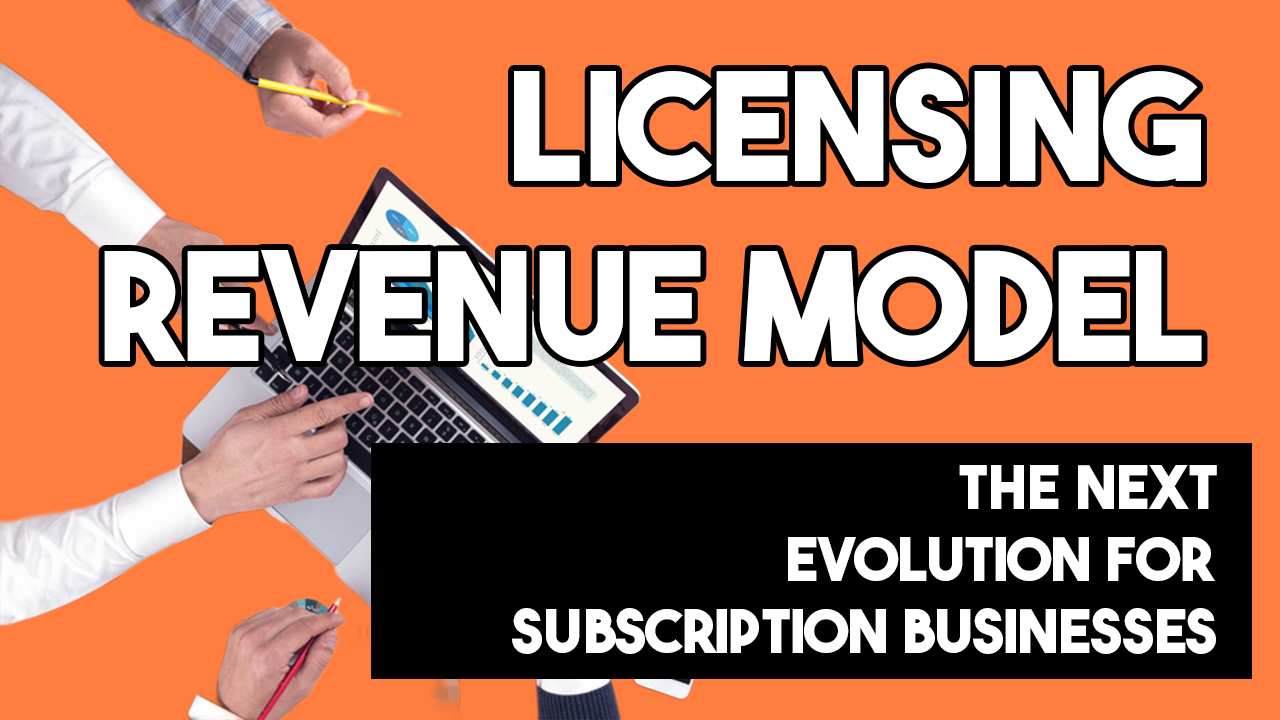
6 Things You MUST Do to Close the Deal on Phone Sales
Jun 6, 2022 2 minute Read
Nobody likes being cold called. Nobody. But sales over the phone are still through the roof, which means customers are perfectly willing to stay on the line for the right conversation.
As a phone salesman, we’re here today to teach the practices to adopt and others to avoid so you can clean up your pitch and close the deal (without risking a chargeback).
So, you’ve got a phone in your hand and an interested prospect on the line. How can you avoid making a common mistake that sinks SO many deals? Well, here are 6 things you’ll certainly want to do.
Build Trust
When phone selling, you need to establish trust by building rapport with your customer. The first step is to be honest with them. If you can’t build trust, then you won’t be able to make a sale.
The first thing that you need to do when making a sales call is introduce yourself by name and title. The person on the other end of the line may not have any idea who they’re speaking with when they pick up the phone, so give them some background information about yourself right away.
Your job as a salesperson is to get your customer interested in your products or services by providing them with value. However, it’s important to remember that you have to do this without coming off as pushy or desperate.
Once you’ve made it clear that you want your customers’ best interests at heart, then it’s time for the truth. Honesty means not lying about pricing, delivery dates or anything else that would affect how much business comes through your door. It also means being upfront about any limitations on what you can offer — for example, if one product doesn’t fit someone’s needs but another does, let them know.
Have a Conversation
When selling over the phone, you’ll need to be able to listen closely and respond appropriately.
You can’t tell if a customer is interested in your product if you’re not active listening. If you’re too busy reading notes or thinking about what you want to say next, then you won’t hear when the customer gives an interest signal. You can use these as opportunities to ask questions and find out more about what they’re looking for.
It’s good practice to ask open-ended questions (who, what, where, when and why) rather than closed questions (yes/no) so that it encourages them to talk more about themselves and their needs — this will help build rapport and trust between both parties.
The purpose is to learn more about your customer, about their needs and goals. A more meaningful sales conversation will go much further than a quick pitch.
Solve Their Problem
You’ve heard it before: The best way to sell something is to solve a problem. If you can address the customer’s pain points, then the sale will happen naturally.
There are three main over-the-phone sales techniques:
- Identify and address problems through open-ended questions like “How do you currently solve this issue?” or “What are your options for dealing with this problem?” Then present solutions that fit those needs.
- Offer free advice or consultation before making any type of telephone sales pitch. This gives customers confidence that they’re getting good advice from someone who knows what they’re doing — even if they don’t end up buying anything from you at that time.
- Create a sense of urgency by suggesting that there’s only one opportunity left for them to take advantage of whatever it is that you’re offering.
Each provides a way to solve the customer’s problem, and you’re free to combine these sales strategies according to the person you’re speaking with. Sometimes, customer’s don’t react well to urgency. If that’s the case, focus on identifying solutions for the problem. Or offer free advice before coming in with the sell so the customer sees the value in your offer.
Align Your Sale
When you sell over the phone, your first job is to get the customer to agree to speak with you.
It’s not always easy. As a salesperson, you’re asking potential customers to do something they don’t want to do: spend their time listening to what you have to say.
If your call isn’t handled well from the start, it can be difficult for anyone to get excited about what you’re offering.
Here are some tips for making sure that doesn’t happen:
- Align your sale with the customer’s objectives and expectations. The right question that should guide every outbound call is “How can my product or service help this person?” If it’s not immediately apparent how your offering would benefit them, then perhaps you need to go back and do some more research before setting up an appointment.
- Be prepared with answers for common objections. You’re going to encounter pushback from prospects when they realize what you’re selling isn’t exactly what they want or need at this point in time. When this happens, be prepared with responses that address their concerns without sounding defensive or dismissive of their needs.
- Don’t take no for an answer (but don’t push too hard either). Sometimes people will say no because it’s the default answer when it comes to phone sales. Truthfully, how many times has someone emphatically said, “yes!!”, during one of your cold calls? Keep pressing the solution and reminding the customer of their problem. They’ll say yes, eventually. It just takes some convincing.
Stay Positive
You may not have the opportunity to meet face-to-face with customers, but that doesn’t mean you can’t build relationships. In fact, having a positive phone presence is essential for any small business.
Stay positive while speaking with potential clients on the phone. A customer’s first impression of your business begins with how you sound on the phone. Customers want to work with companies that are friendly and helpful. Whatever situation they find themselves in, you want them to feel like they can trust you.
It’s natural to feel anxious when talking with customers over the phone, especially if they’re upset or angry about something that happened with your company or product — but try not to let it show in your tone of voice or words when speaking with them.
When you’re talking with someone on the phone, remember that they can’t see how happy you are to be helping them solve their problem or how much fun you’re having while doing so — only hear it in your voice! If necessary, fake it until you make it (but don’t lie).
Practice makes perfect. First-time telemarketing is never successful, but you will get better with practice. Soon enough, you’ll be closing deals and teaching telesales strategies to your sales team.
Create Actionable Next Steps
Before hanging up, make actionable next-steps. This is one of the best sales skills you can start implementing today. Whether its scheduling another dial-in call, writing down the sign-up date in both of your calendars, or providing full contact information for shipment and payment info, it’s important to create this next-step for your customer to follow-up on.
Don’t just hang up without making sure that the customer knows what they need to do next. This is the only way to push your service forward and ensure the customer follows through with their order, whether they still need to pay or have already done so. You don’t want to end the phone call and get a refund request or chargeback immediately after.
If you forget, get back on the dialer and leave a voicemail. Your best bet at closing the deal is during the conversation, but while you’re still improving your sales training, calling back to leave a message is still a worthwhile sales tactic. While you’re at it, why not try paraphrasing the conversation so the customer can have a quick reminder of what you talked about.
Best Phone Sales Tip: Get a MOTO Merchant Account To Accept Over-the-Phone Payments
A MOTO (mail order, telephone order) merchant account is crucial for businesses whose sales process is mostly via telephone or fax order forms. Get an account that lets you accept orders from anywhere in the world, so you can accept international orders from anywhere in your country.
As a MOTO merchant, you’re considered a high risk business. You can’t just open a PayPal account and start taking in order, otherwise you’ll quickly get shut down.




